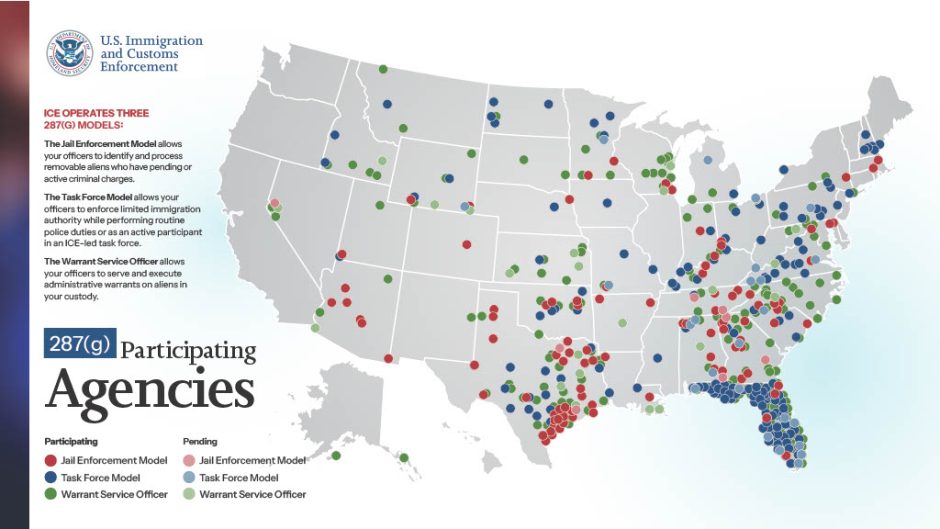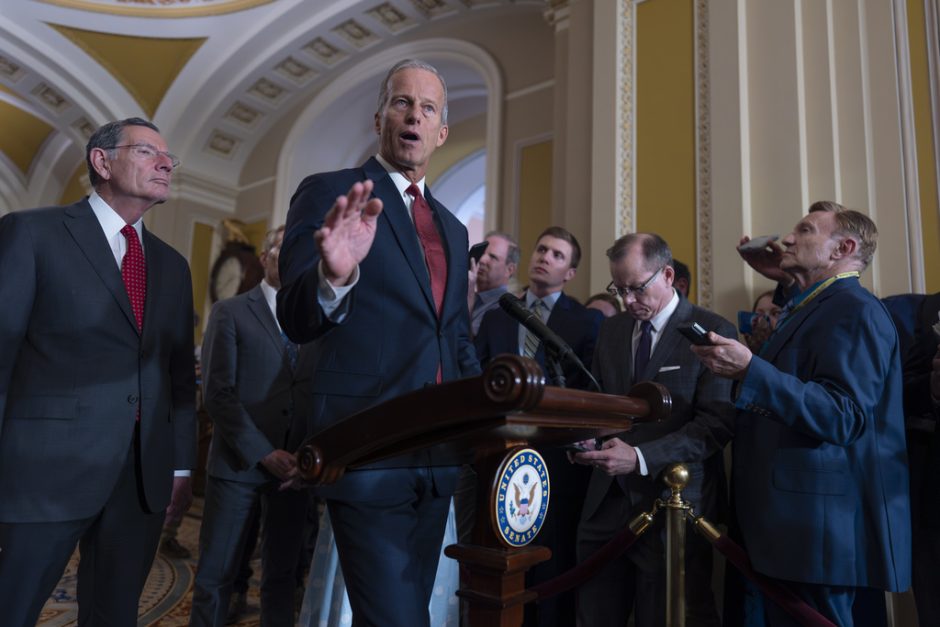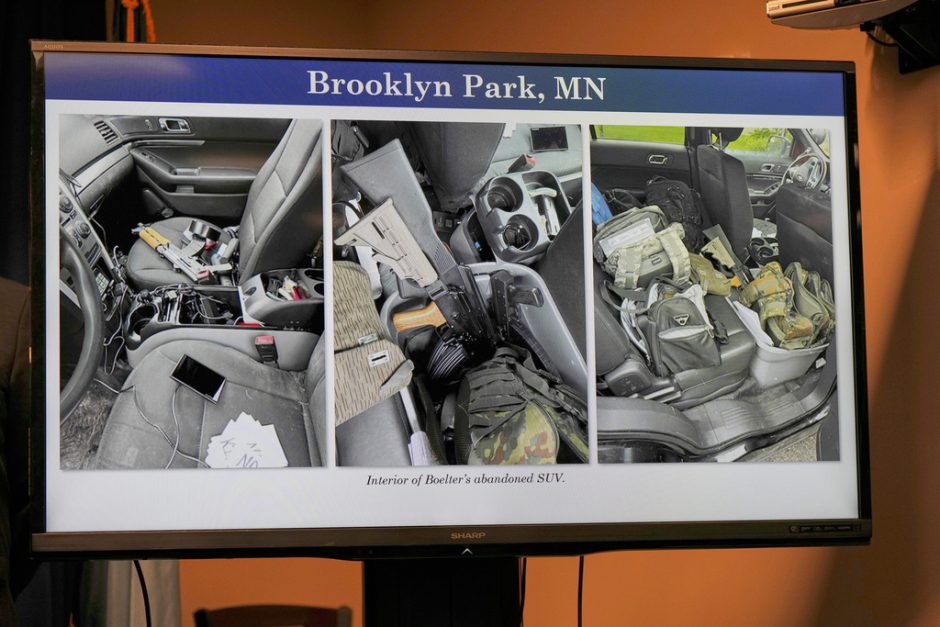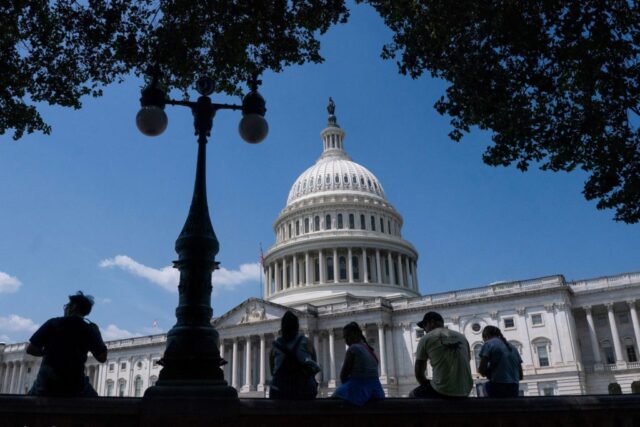Lisa Desjardins:
Right. We can do layers here at “News Hour,” and that’s an important one. How much wealth does each group control?
So we wanted to look at this visually in a little different way to give us a different perspective. This, again, is Americans. I wanted to map up the whole group again, top bottom 10 percent here, top 10 percent there. We added sort of a color coding map. So, again, you see what’s happening here is the bottom 10 percent losing the most on net and the top 10 percent gaining the most.
For Americans in the middle, you can see here it’s neutral. Mainly, they don’t really gain or lose on net in this bill. But we wanted to get at this layer where not every group in this map controls the same amount of wealth.
So what we did is, we took this and we made groups larger or smaller based on how much wealth they control. So a larger group controls more wealth. I want you to watch that top 10 percent. Look at this. What happens? They control in America right now the top 10 percent, according to the Tax Foundation, 50 percent of the wealth, a little bit more, about 50 percent.
Here, you see four, one, two, three, four rows, 40 percent in the middle, that’s about 37 percent of the wealth. But now look at these five rows here, each one representing 10 percent of America. That’s 50 percent of our country right there. They control how much? Ten percent of the wealth.
Why does this matter? This group right here, the top 10 percent, paying the most in taxes for sure, but they’re gaining the most in this bill. This group that has the least power, the least wealth in this country, losing the most.
Essentially, the conclusion here from the CBO data, Amna, is that the wealth gap would increase under this bill.















































